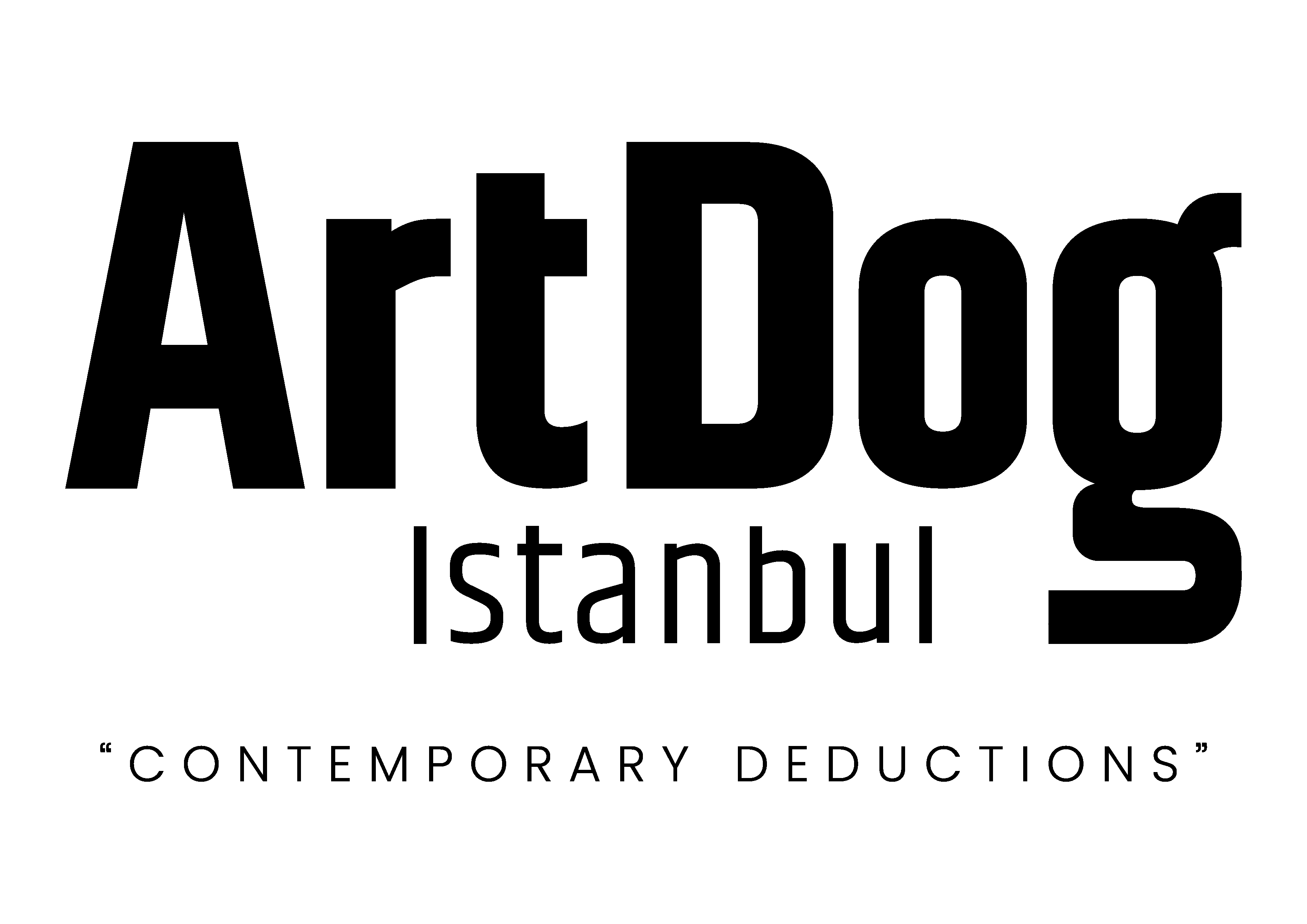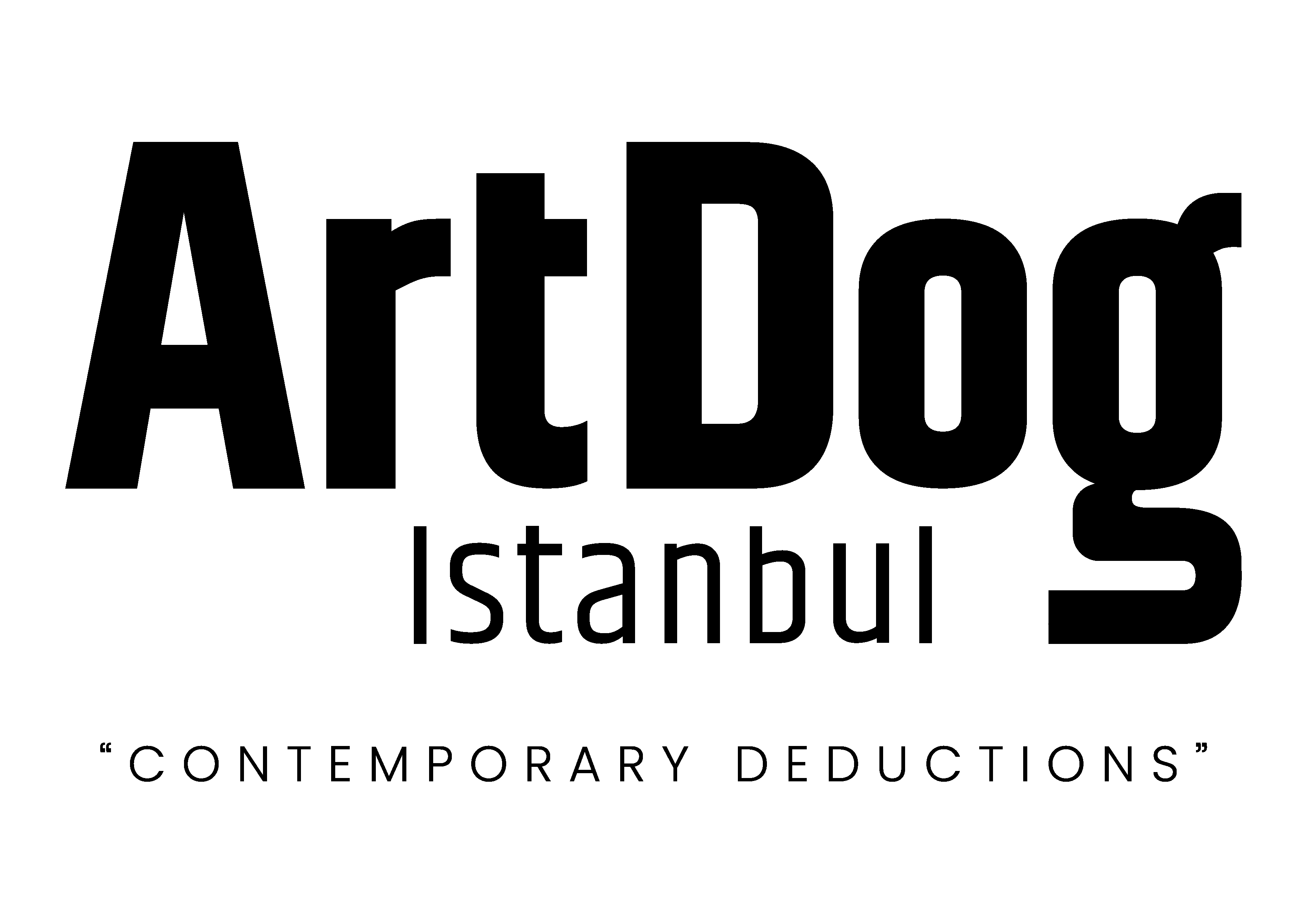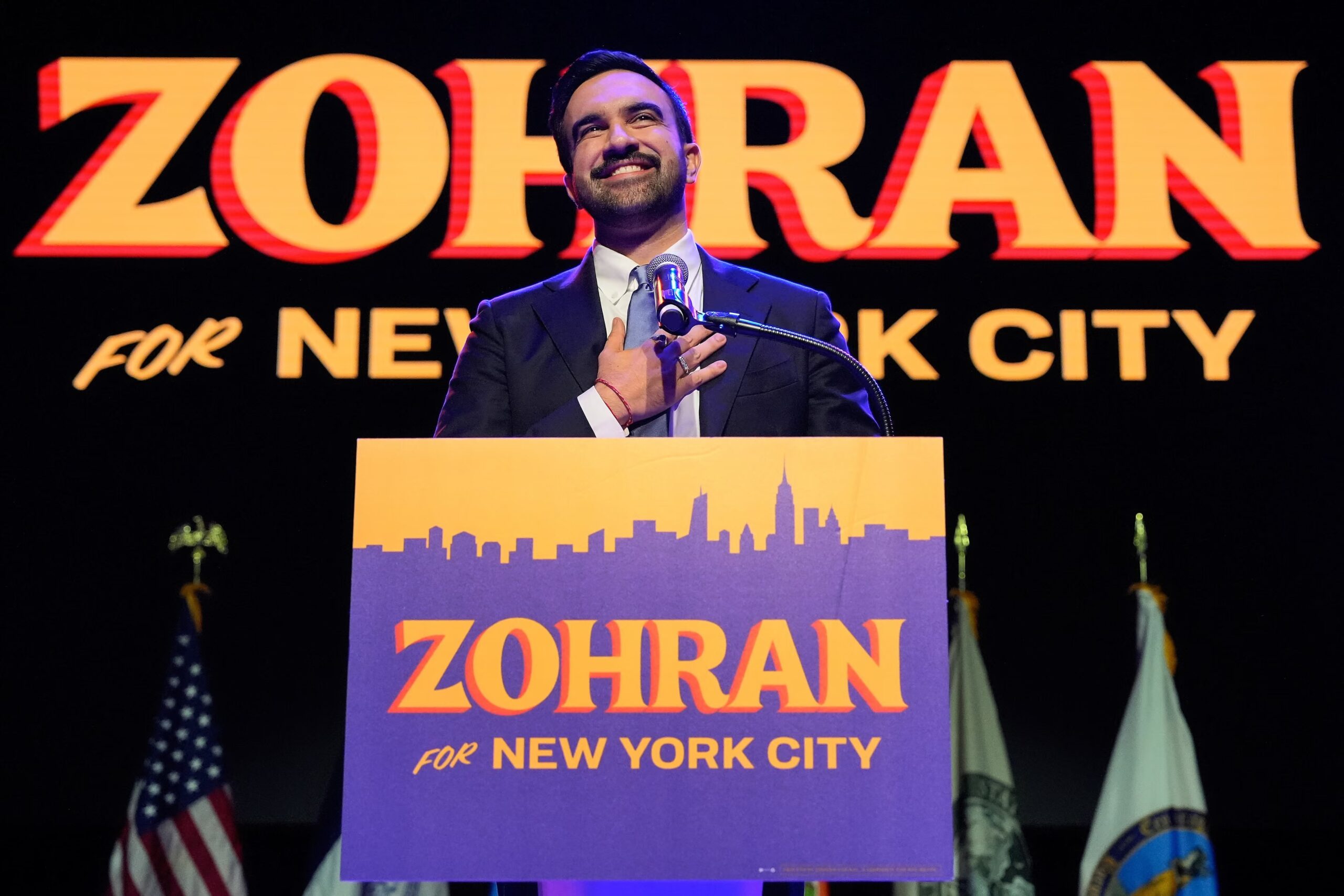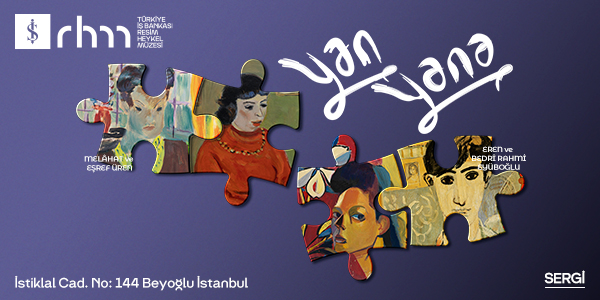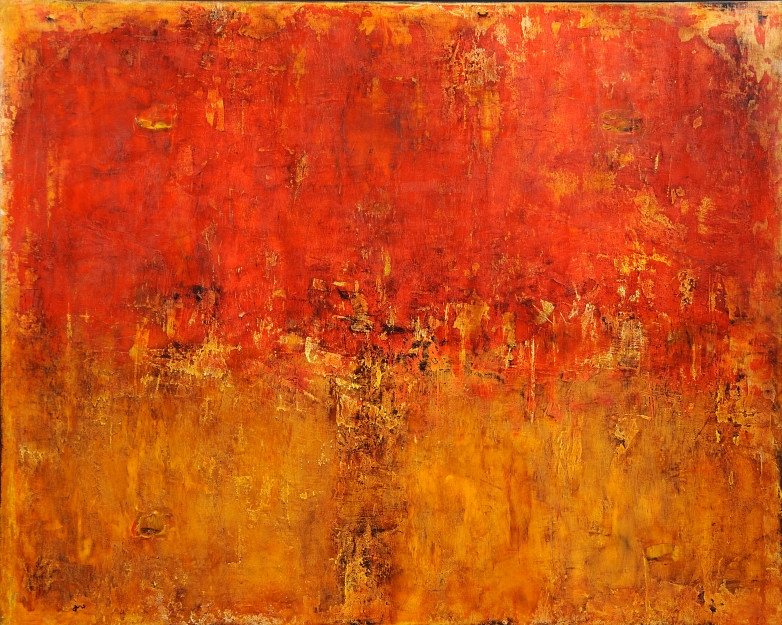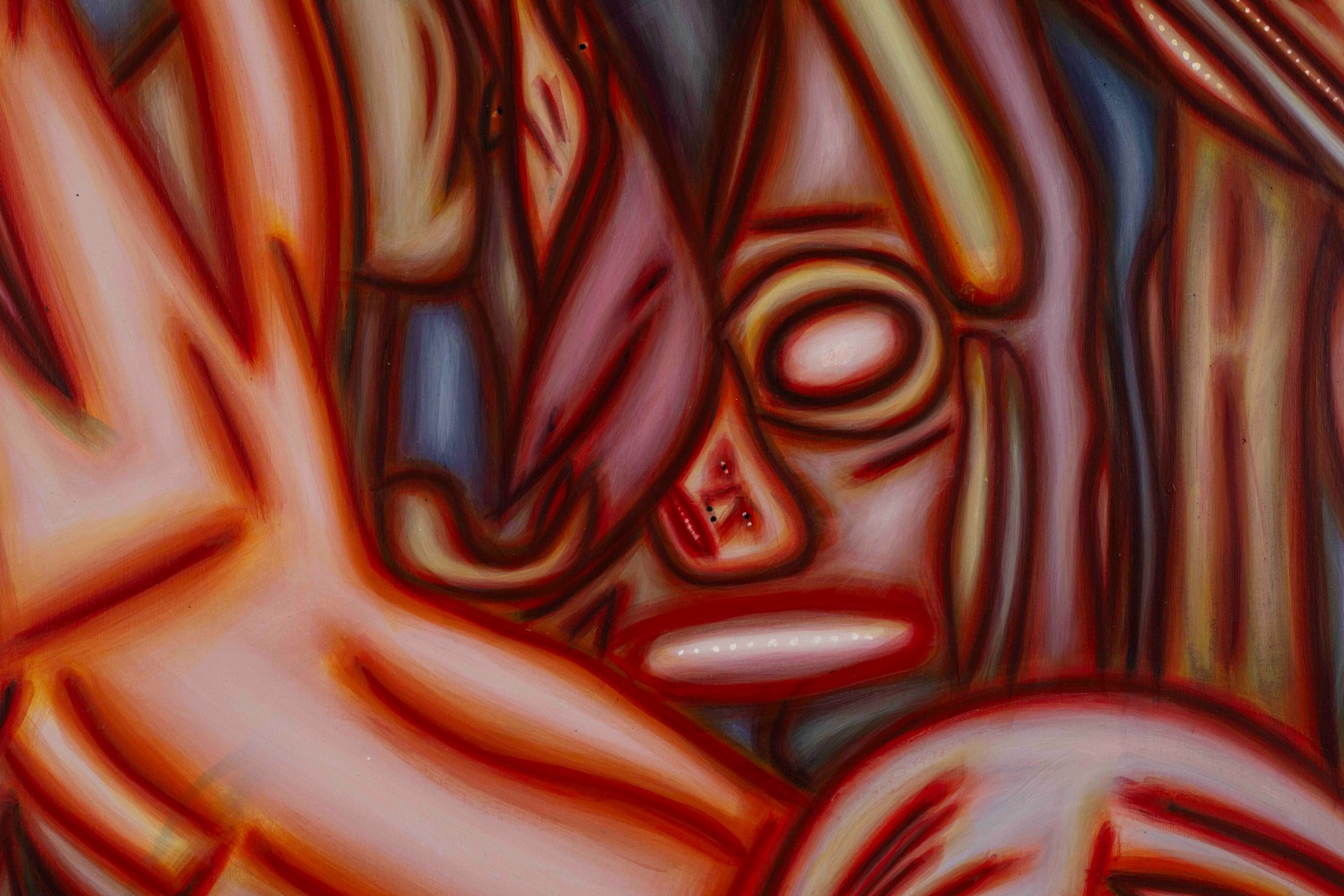Zohran Kwame Mamdani has now entered history as New York’s first Muslim mayor. The 34-year-old politician, with his energetic campaign, sincere language and emphasis on economic justice has captured not only the city’s attention but that of the world.
Just a year ago, Zohran Kwame Mamdani was unknown to the masses; today he has made history as New York’s first Muslim mayor. The 34-year-old politician, with his energetic campaign, genuine tone and emphasis on economic justice has drawn the attention of not only the city but the world. Born in Uganda, of Indian descent and raised in New York, Mamdani opens a new chapter in American politics both with his immigrant identity and with a stance that revitalizes his generation’s political imagination.
The son of an academic father and artist mother, Mamdani grew up at the intersection of two intellectual and creative worlds. His father, Mahmood Mamdani, serves as professor of political science, anthropology and African studies at Columbia University and is also a prominent political commentator. His mother is internationally acclaimed film director Mira Nair. Growing up in this intellectual and artistic milieu, Zohran Mamdani learned to see politics not just as a form of representation, but as a space for social creativity.
Following his election victory, at a time when democracy is under strain in many countries, Mamdani became a symbol of hope in America and around the world. From the United States to Turkey, and from a European city to South Asia, many greeted his victory with joy. Through his warm and humor-filled campaign on social media, Mamdani showed what openness and sincerity can achieve in political communication, re-engaging young people with politics.
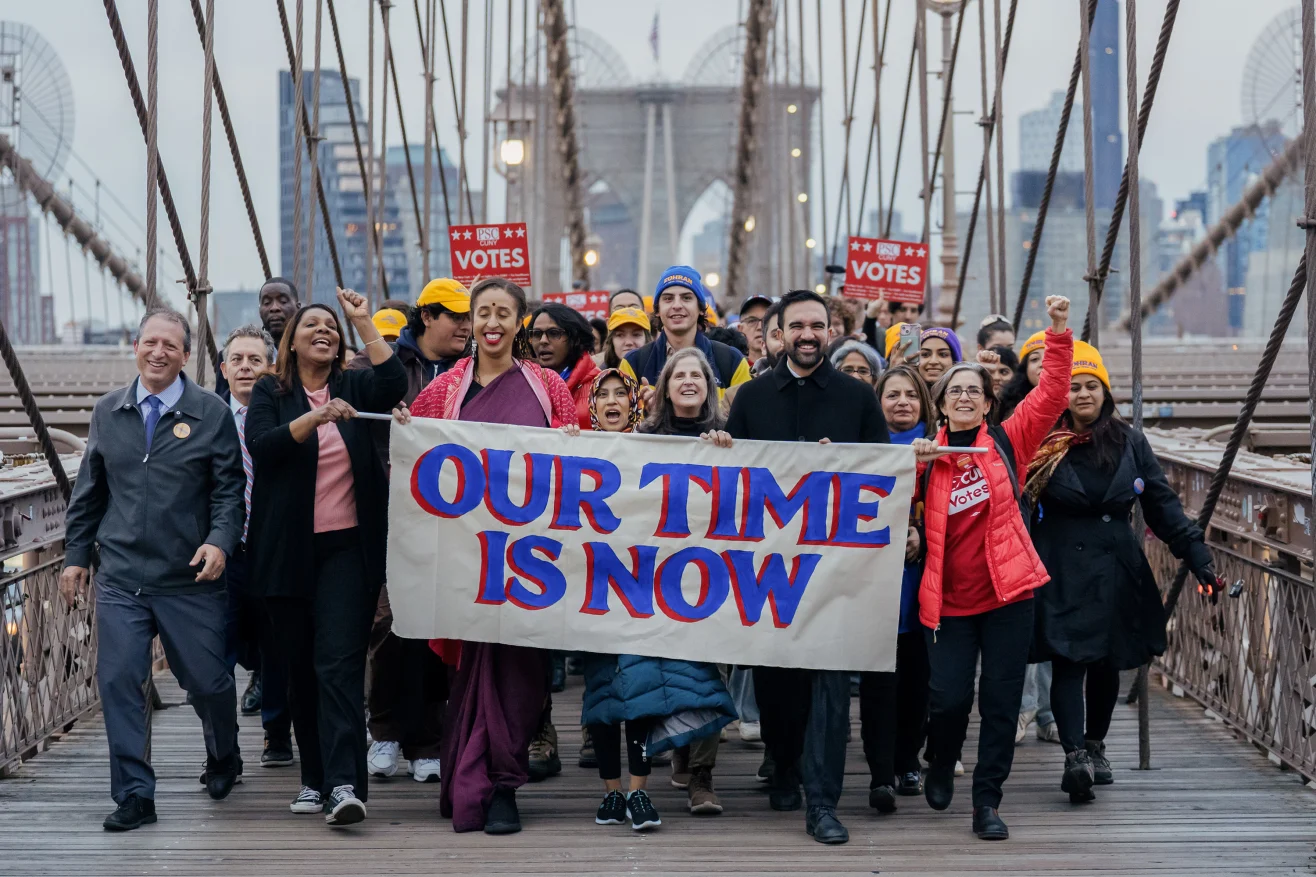
From the Streets to City Hall
Son of Mira Nair and Columbia University professor Mahmood Mamdani, Zohran Mamdani spent his childhood in a home where art, storytelling and social justice were intertwined. While at Bronx Science High School he founded the school’s first cricket team, and as he graduated from Bowdoin College’s African Studies department, he founded the Students for Justice in Palestine group.
Before entering politics, Mamdani took active roles in neighborhood organizing and tenants’ rights advocacy. In 2020 he was elected to the New York State Assembly, becoming the first male legislator of South Asian descent. During his mayoral campaign he reached a broad constituency with proposals such as freezing rent increases, raising the minimum wage to $30, establishing free bus transit and setting up city-run markets under the slogan, “life doesn’t have to be this hard.”
By employing humorous yet resolute posts on social media, Mamdani mobilised young voters rapidly — videos of him plunging into the icy sea at Coney Island or chatting with couples getting married on the subway swiftly reached millions. Running campaigns in four languages including Urdu, Arabic, Spanish and Hindi, he offered hope to both immigrant communities and multilingual New York.
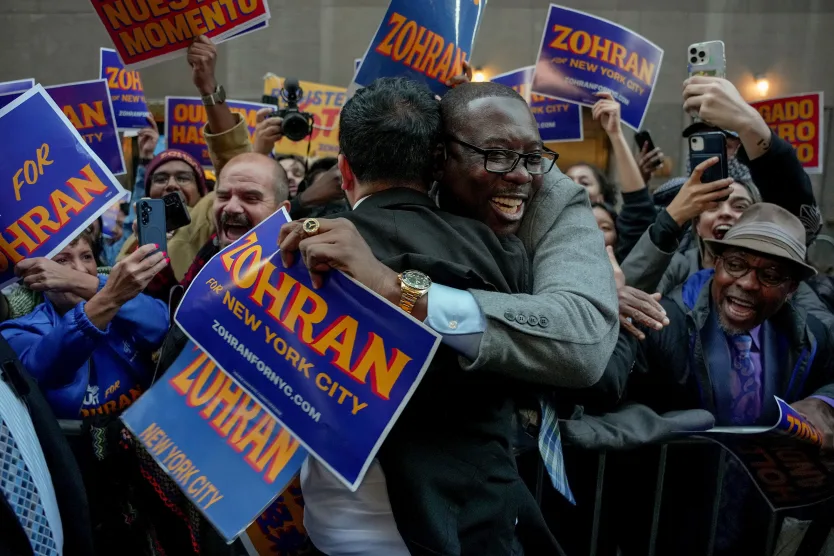
Support from the Art World and the Promise of Change
Zohran Mamdani’s rise has resonated not only within political circles but also across the art world. In fundraising events held in March on the downtown scene, figures such as Martine Syms, Michael Stipe and Ser Serpas endorsed him; artists Salman Toor, Tauba Auerbach and Chloe Wise contributed to his campaign. Following the election, El Museo del Barrio issued a statement: “With the new administration we will work to strengthen art and under-represented voices.” Art critic Siddhartha Mitter described Mamdani’s victory as “not only a political but a cultural renewal call against Trump-ism.”
The art community’s interest is no coincidence. Mamdani frequently says: “Art should not just be a luxury for a privileged few,” emphasising that creative production is only possible with equitable living conditions. “We cannot talk about creative freedom without a city where artists can afford rent, childcare and transportation,” he says. With Mamdani’s election, New York is witnessing not just a political change but also a cultural rebirth. His story echoes the call that “another kind of life is possible” — a call that spans from the streets to city hall.

Yet this transformation does not carry the same meaning for everyone. Former President Donald Trump threatened that federal funds would be pulled if New Yorkers elected a “communist” mayor. The city nevertheless did not succumb to fear — New York this time chose hope over fear. Mamdani’s victory is not merely a political shift but the triumph of a vision of a city that breathes with solidarity and thinks freely.



